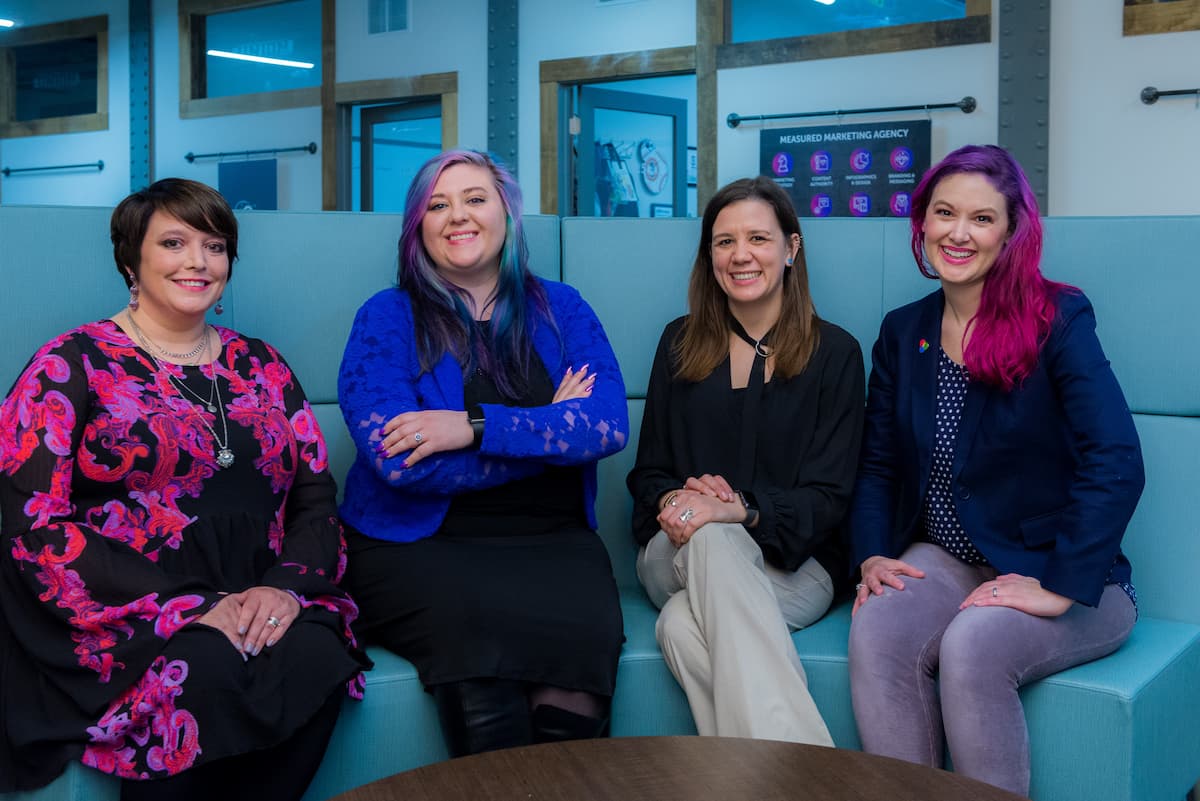
Cliché as this statement might be, the reality is that being part of a collaborative team is what enables us to achieve success. If we could achieve our dreams on our own, without help or support from any other person, we would already be living our dream life.
While my life is good, I would not describe it as my dream life, and likely, you and I are in a similar situation. That being said, complacency is not a word anyone has ever used to describe me as I continue on my quest to fully engage in and live my dream life.
I believe that each one of us desires to be part of something bigger than ourselves, whether that is in our work, in our volunteerism and even with our family and friends.
Being the first born of six children and part of the Boomer generation, it was expected that I would be the one to marshal my siblings. We were not that far apart in age because my mother had six children in nine years, so my training began early. My father had an entrepreneurial spirit yet spent the majority of his career working at a very high level in the defense industry. My mother was one of the few women in our community who had a career. I learned early from my parents that responsibility to others and responsibility for others go hand in hand.
The lessons of being part of a collaborative team began in earnest in the mid-to-late 1980’s when my father-in-law asked me to buy the family inbound call center business from him and move to Philadelphia. My parents were concerned that because this was a huge leap, it would likely cause strife. They were right on that! I went ahead and my husband and I bought the call-center and truthfully, I stepped into the leadership experience of my life.
I learned quickly about the interconnectedness of my responsibility – not only to my staff and my clients, but also to each person calling our clients. Thousands of interactions every single day that had the potential to go sideways. And some days they did.
Sideways days did not work for me. Nor did they work for my clients. I had to create the sense of a team with my new staff quickly, or risk losing our clients – and the business. Setting the vision for how I was going to lead was the crucial first step. I created a team-centered culture where everyone had a role to play, and we supported each other.
Owning and operating a family business is vastly different than working for a large corporation. Thinking about the descriptor – “family business” – suggests a workplace that brings everyone closer to the leader because the layers of management are collapsed. I owned the business from 1987 to 2001 and in the beginning, I put forth many policies that were unheard of for a small business during that time. We provided a reasonable and highly competitive wage; we offered health insurance for our staff, most of whom were hourly; we gave time off for appointments or school activities; we offered flexible schedules; we even had a professional masseuse come to the office to give chair massages twice a month during each shift. We worked at building a relationship with our staff and we gave them unique opportunities for training and professional growth. I believe that when we care about the well-being of the people around us, they are better equipped to be fully engaged and present in their work.
Just as there is conversation around the water cooler at large companies, everyone knew what was going on in our business. They may not have had the details, but they knew. We were a small company of 25 people. They knew when things were going well, and they knew when things were tough. Being open and honest about what was happening meant that there were no surprises. We offered a measure of stability for them, which might not have been available to them in their home life.
How does all this relate to making the dream work? Creating a culture for employees and their leaders to thrive requires that:
1. Leaders trust the team members to do quality work and the employees trust that the leaders will provide the tools necessary to complete that work successfully.
2. Leaders create an environment of compassion to care about each person.
3. Leaders provide structure and certainty that the employee’s role is an important part of the success of the company.
4. Leaders set the vision for the future and offer hope in the opportunity for each person’s growth.
Even though I sold the business in 2001, I took these lessons of leadership and teamwork to the nonprofit organizations I have been privileged to serve. The big difference in the nonprofit sector is that volunteers are often a major part of our fundraising teams, offering a level of consistency and support – especially when staff transitions occur.
I believe that teams with passion and a sense of purpose working in a trusting environment with a well-structured plan alongside people who truly care about each other, set the stage for growth, and that brings positive change for their community.
Teamwork makes the dream work.






